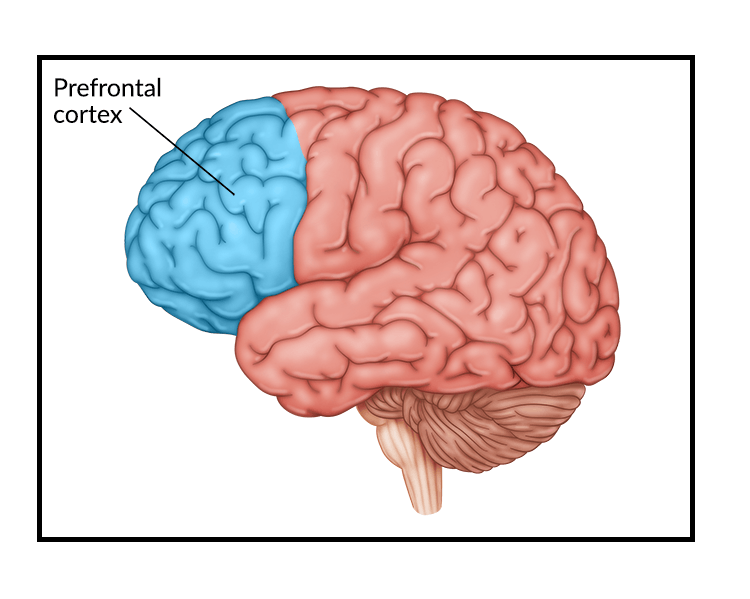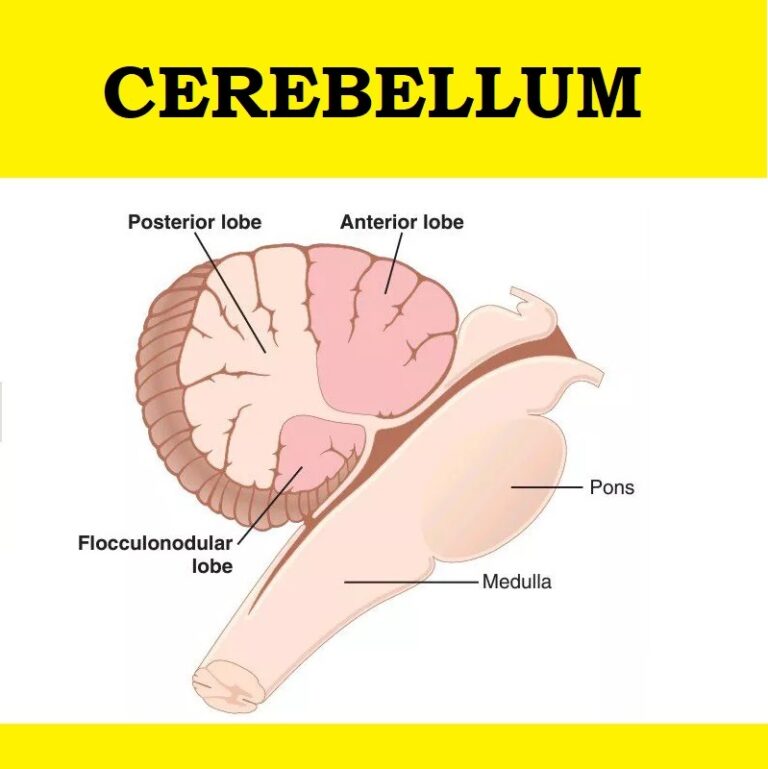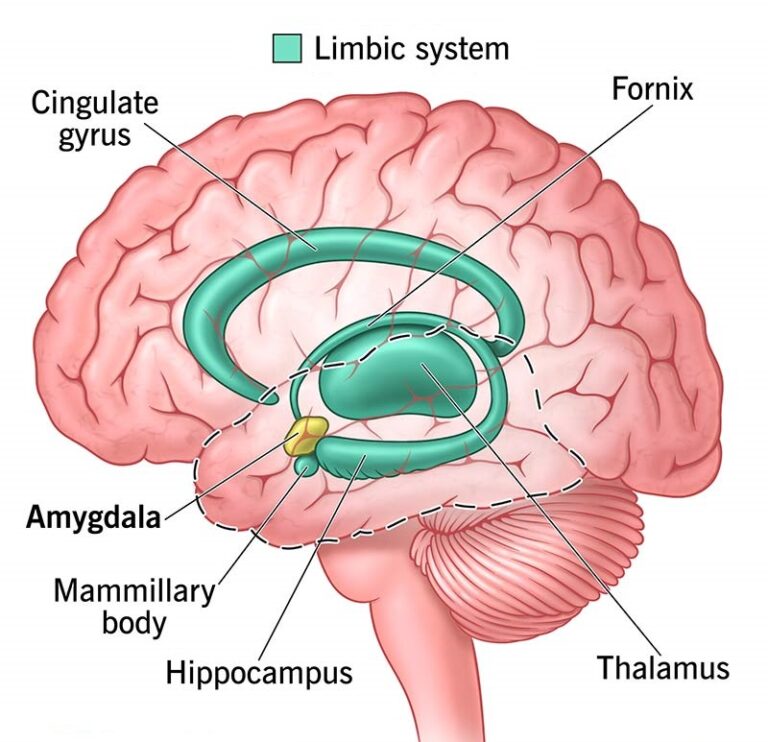
Understanding Attachment Theory: A Deep Dive into Human Connections
Attachment theory, first introduced by psychologist John Bowlby and further developed by Mary Ainsworth, is one of the most profound concepts in understanding human relationships. At its core, attachment theory explains how the bonds we form as infants with our caregivers shape our emotional responses and relationships throughout life. Whether you’re a parent, educator, therapist, or someone seeking to understand their own patterns of connection, this article will provide practical tips and extraordinary insights to deepen your understanding of attachment.
The Basics of Attachment Theory
Attachment theory revolves around the idea that humans are biologically wired to seek proximity to their caregivers for safety, comfort, and survival. Over time, the quality of this attachment determines how we connect with others in adulthood.

There are four main types of attachment:
- Secure Attachment: Characterized by trust and comfort in relationships.
- Anxious Attachment: Marked by a fear of abandonment and constant need for reassurance.
- Avoidant Attachment: Defined by emotional distance and self-reliance.
- Disorganized Attachment: A combination of fear and confusion in relationships, often resulting from inconsistent caregiving or trauma.
The Strange Situation Experiment: A Step-by-Step Breakdown
One of the most famous studies that demonstrated attachment theory in action was Mary Ainsworth’s Strange Situation Experiment. This simple yet powerful experiment provided profound insights into how infants respond to their caregivers and strangers. Here’s how it worked:
- Introduction to the Room:
A caregiver and infant are brought into a playroom filled with toys. The goal is to observe how the child explores the environment with their caregiver present.- Observation: Securely attached children explore confidently, using their caregiver as a “safe base.”
- Stranger Enters:
A stranger enters the room and interacts with the caregiver and the child.- Observation: Securely attached children may show curiosity but remain cautious. Anxious children may cling to their caregiver, while avoidant children may show little interest in either adult.
- Caregiver Leaves:
The caregiver leaves the child alone with the stranger. This is the critical moment when the child’s reaction reveals their attachment style.- Observation: Securely attached children become upset but trust the caregiver will return. Anxious children may become inconsolable, while avoidant children may act indifferent.
- Caregiver Returns:
The caregiver re-enters and comforts the child.- Observation: Securely attached children quickly calm down. Anxious children may cling or resist comfort, while avoidant children may continue to avoid interaction.
This experiment provided the foundation for understanding how early attachment behaviors predict adult relationship styles.
Practical Tips to Build Secure Attachments
For Parents:
- Be Emotionally Available: Respond to your child’s needs consistently. Even if you make mistakes, showing up and trying matters more than perfection.
- Practice Active Listening: When your child shares something, give them your full attention. Validate their feelings, even if you don’t agree.
- Provide a Safe Environment: Encourage exploration by being a reliable presence. This helps them develop independence while knowing you’re there for support.
For Adults Seeking Secure Relationships:
- Understand Your Attachment Style: Reflect on your childhood experiences and how they affect your current relationships. Awareness is the first step to change.
- Communicate Openly: Share your feelings and needs with your partner, even if it feels vulnerable. Secure relationships thrive on honesty.
- Set Healthy Boundaries: Whether you’re anxious or avoidant, boundaries help build trust and mutual respect in relationships.
Thoughtful Insights: How Attachment Influences Everyday Life
1. Attachment and Conflict Resolution:
Did you know that your attachment style can determine how you handle disagreements? Securely attached people are more likely to resolve conflicts with empathy, while those with anxious or avoidant attachments may struggle. To improve, practice pausing during arguments to identify your emotional triggers before responding.
2. Attachment and Career Choices:
Your attachment style can even impact your work life. Secure individuals often thrive in team settings, while avoidant types may prefer solo tasks. Recognizing this can help you choose roles that suit your personality.
3. Healing from Insecure Attachments:
If you didn’t develop a secure attachment in childhood, don’t worry—attachment is malleable. With self-awareness, therapy, and intentional relationships, you can shift toward secure attachment. Practices like journaling, mindfulness, and seeking supportive relationships can help rewire your emotional responses over time.
Attachment in the Modern World
In today’s fast-paced, digital world, attachment styles play out in unique ways. For example, anxious individuals might overuse texting for reassurance, while avoidant individuals may ghost during stressful times. To cultivate healthier attachments, it’s essential to balance technology with face-to-face interactions and to communicate openly about needs.
Final Thoughts
Attachment theory isn’t just an academic concept—it’s a practical framework for understanding ourselves and our relationships. Whether you’re parenting, building friendships, or navigating romantic relationships, understanding attachment can transform the way you connect with others.
Take the time to explore your attachment style, observe those around you, and work on building secure and lasting bonds. The effort you invest today can lead to healthier, more fulfilling relationships tomorrow.






